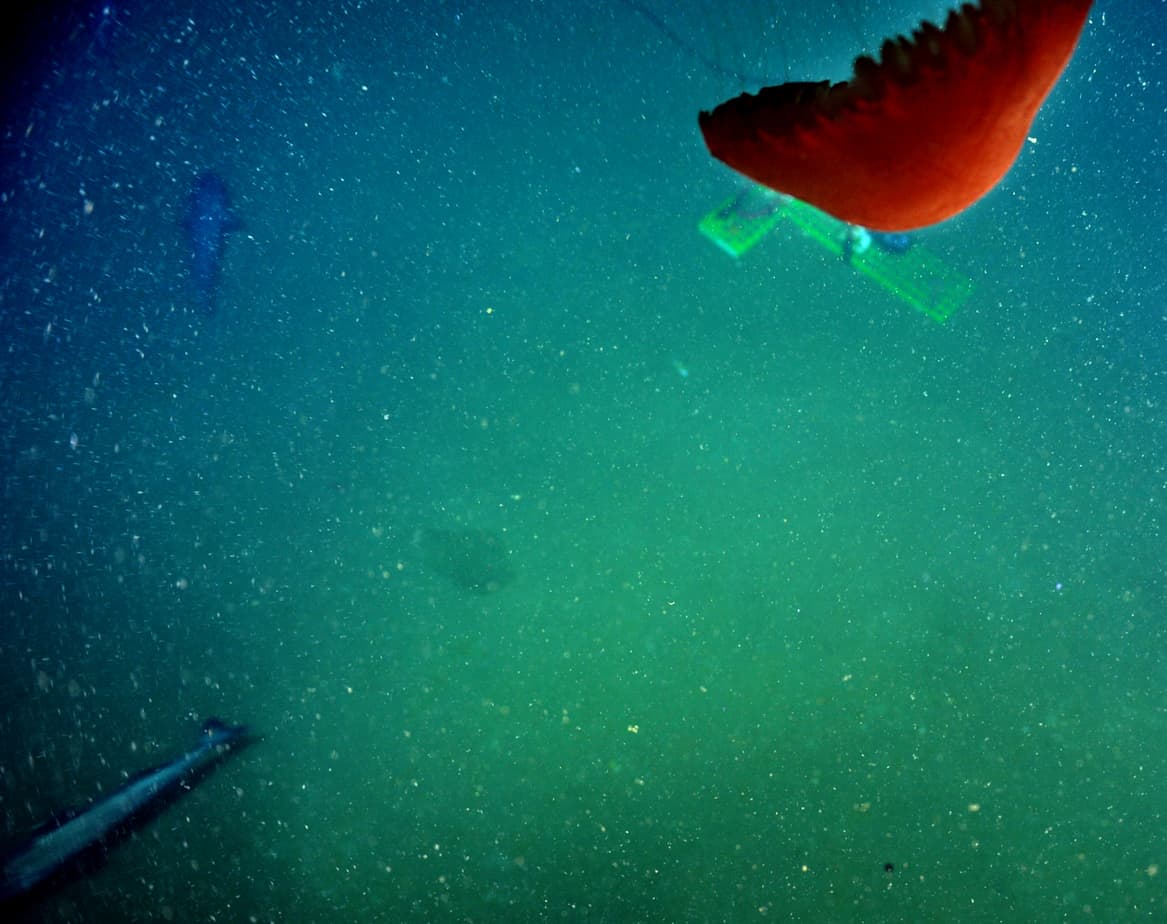Beneath the shimmering surface of the sea
Lie tiny specks of hope,
Inconsequential fragments of life
That work tirelessly to remove
The years of smut and grease
Regurgitated by higher organisms.
Locked in the loving embrace of these
Forgettable and singular plant cells
This industrial detritus falls like snow,
Giant flecks of white that drift through
The aquatic depths of night
To settle on the floor as a blanket of sludge.
The countless pressures of ages past
Are unleashed with unconcealed contempt,
Contorting each and every snowflake
Into layers of chalk and stone –
Buried secrets that rise above the shore
To be reclaimed by a hissing, envious sea.
Ungrateful and oblivious
We pour our lukewarm bile into these waters;
Those tiny specks of hope buried deep
Beneath our blizzard of filth.

This science poem is inspired by recent research, which has mapped out how ‘marine snow’ has helped to regulate Earth’s temperature over the last 120 million years.
Carbon dioxide from the atmosphere dissolves in the surface waters of the ocean, where during photosynthesis tiny marine organisms called phytoplankton turn large quantities of the carbon into organic matter. Most of this carbon is eventually returned to near-surface waters when the phytoplankton are eaten or when they decompose, but a significant proportion falls into the ocean depths as marine snow, so called because it often has the appearance of flakes of snow. The marine snow that eventually reaches the bottom of the ocean settles and becomes compacted over millions of years, forming carbonate structures such as the White Cliffs of Dover. This process acts as a large carbon sink, without which atmospheric carbon dioxide concentrations would be significantly higher, and the planet considerably warmer.
This new research has combined deep sea measurements with computer modelling to create a picture of how carbon has accumulated in deep-sea sediments over the past 120 million years. By doing so the researchers have been able to demonstrate how marine snow has been a key driver in keeping the planet cool for millions of years. This research has also demonstrated the need to better understand how the ocean’s capacity to store carbon dioxide will be affected by future warming, as warmer water cannot hold as much carbon dioxide, thereby reducing the amount of marine snow that can be produced and decreasing the ocean’s capacity to act as a carbon sink.
An audio version of this poem can be heard here:
Discover more from The Poetry of Science
Subscribe to get the latest posts sent to your email.